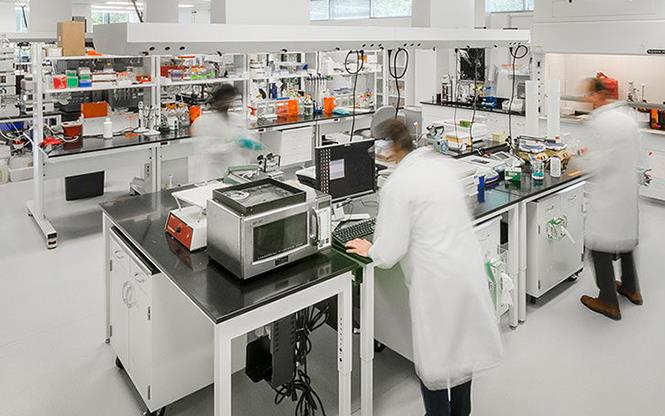
Managing workflow within your lab has always been a difficult task, with many different competing priorities. Pathologist’s perspectives and requirements are certainly top of mind, but we are also under pressure from other stakeholders including fiscal requirements of the organization, needs and wants of the staff, and most importantly patient safety. In 2022, we are also contending with a worldwide pandemic, uncertain work volumes, supply chain shortages, and staffing challenges leaving how to make your laboratory operate a thankless burden highlighting the significance of workflow planning in modern labs. Effective workflow planning will help you better balance these day to day competing objectives.
The first priority is to evaluate your current workflow.
Start the evaluation by getting a thorough understanding of your requirements. Establish what you already know - your organization has established performance requirements, which can include productivity, budgetary, and cost-control initiatives, as well as defined quality metrics. Then visit with key stakeholders to ensure you understand their wants. For example, your pathologists are your largest stakeholders within the lab. They may have some differing desires as it relates to workflow, particularly turnaround time and slide availability. Knowing these various requirements will help you to best plan out or adjust your work.
The second thing you need to know is when your work hits your lab.
This will depend somewhat on the span of control within your lab but can have significant impacts on how you plan. In some labs, the Histology Team has control over accessioning, grossing and logistics, but often times this is not the case. If you do have control over these areas, then you will need to ensure you understand the delivery routes and receipt of specimens into your lab, being sure to pay attention to the volumes arriving at what time and the staff needed to handle this work. After grossing, this is where the “fun” begins in workflow planning.
The nature of histology work is such that we require a lot of hands-on manipulation of the tissue specimens. This means you must have the right amount of people in your lab to handle this work – there’s no substitute for a good Histotech! To understand when you need them in your lab is the key point here. You can find this information in your tissue processing records. Most labs keep a log of when they load tissues onto their processors, and correspondingly when they complete processing. This is the important thing – the end time of your processing runs. You don’t want to have too many people in the lab when there’s no work coming off the processors, but it’s even worse if you don’t have enough! This can lead to significant bottlenecks at embedding. Those bottlenecks can then continue all the way through your processes from microtomy through slide distribution, creating greater stress on all of your lab staff.
When I look at lab operations, I examine what tissues come off the processors at what times, paying close attention to the type of tissues. Biopsies will require more time at embedding for correct orientation, as well as more time at microtomy for cutting levels and/or upfront stains. Larger tissues may not require such extensive time for embedding and cutting. These types of factors underscore the importance of knowing how different tissue runs can affect your lab.
Once you know what and when it hits your lab, you finally need to compare it to your existing staffing structure.
Work backwards, reverse engineering to the specific TAT or slide availability of your pathologists. This can be a daunting task, especially if you soon realize that changes to the staff schedule need to be made to satisfy requirements. This can, and will, lead to some challenging conversations. I have gone through this process a few times in my career, and I have to say it is not an easy thing to do. I find it best to share all of the information with the team when discussing proposed changes to the schedule. Your teams are not clueless. They will have felt the stress and extra pressure of workflow misalignment – they know something isn’t right. Once you explain to them the numbers and the data behind the proposals, they should be able to see the light. Schedule adjustments will be the most difficult part of any workflow planning process, if required.
One final recommendation for those labs that are performing well now: a total workflow review should be performed regularly, as volumes can change significantly year-over-year. If not addressed, small changes over time can lead to significant breakdowns in your lab’s performance. One lab I worked at saw a 40% increase in total block volume over a two-year period. Just understand that workflows are never static – they are always changing and evolving- sometimes outside of your span of control. Take the time to review your workflows regularly so you are not caught unprepared.
Written by Jason Molnar, HT(ASCP)QIHC